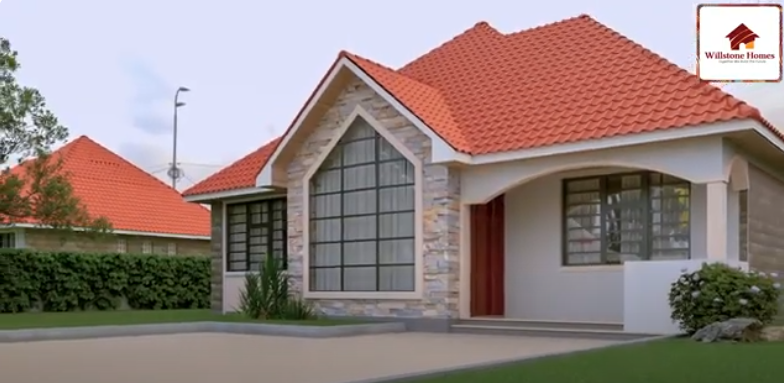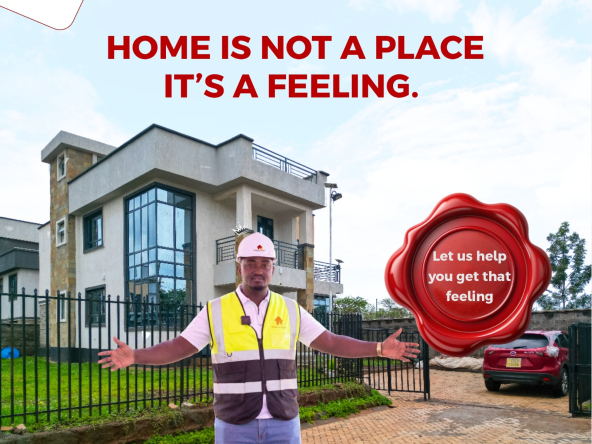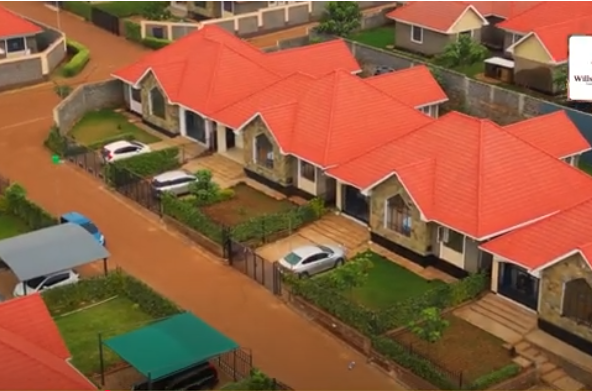Nairobi’s leafy suburbs are undergoing a dramatic transformation. Kilimani, Kileleshwa, and Lavington, once defined by quiet streets, gardens, and single-family homes, are now the epicenter of a quiet vertical land rush. In these neighborhoods, the value of a bungalow is no longer measured by the structure itself but by the potential to build upward. For Private property developers in Nairobi Kenya, this shift represents both a lucrative opportunity and a complex challenge.
The Rise of Vertical Land and “Air Rights”
Globally, “air rights” refer to the ability to build above a property without buying the ground structure. Nairobi does not have a formal air-rights market, but a practical equivalent has emerged. Developers buy old bungalows, demolish the structures, and construct high-rise apartments. In effect, homeowners are selling the sky above their land rather than the house itself.
This trend has profound implications for private property developers in Kenya who now consider not just the land itself, but the vertical potential when evaluating investments.
Why Developers Are Betting on Vertical Growth

Escalating land costs in inner-city suburbs drive the vertical development model. A 0.25-acre bungalow plot in Kilimani can cost between KSh 80 million and 120 million, Kileleshwa parcels often trade for KSh 55 million to 75 million, and Lavington plots can fetch KSh 90 million to 150 million.
At the same time, Nairobi faces a housing deficit of over 150,000 units annually. Developers aim to meet demand while maximizing returns by constructing multiple floors on single plots. Apartments generated from vertical conversions contribute to homes for sale in Nairobi and houses for sale in Nairobi, while delivering profitability that justifies the high land cost.
Construction costs, which average KSh 66,000–70,000 per square meter for a high-rise, further reinforce the appeal of vertical projects. Building multiple units on one parcel transforms expensive inner-city land into a high-yield investment, attracting real estate developers in Nairobi seeking strong returns.
Legal and Zoning Challenges
While the economics are compelling, Nairobi’s vertical land rush faces regulatory hurdles. Residents’ associations in Kilimani and Kileleshwa have challenged approvals for high-rise construction on grounds of zoning violations, inadequate parking, and environmental concerns. Courts have in some cases capped building heights at 16 floors or temporarily halted projects pending clarification of planning guidelines.
For property developers in Nairobi Kenya, understanding current zoning and pending litigation is critical. Investments in vertical plots without proper due diligence can face years of delays.
Economic Case Study: A Typical 0.25-Acre Bungalow Plot

To illustrate the vertical potential, consider a standard 0.25-acre plot (≈1,011 sqm) in Kilimani, Kileleshwa, or Lavington. Assuming a buildable footprint of 70% and 12 floors, a developer can achieve roughly 8,496 sqm of gross buildable area. With an average unit size of 70 sqm, the building could contain approximately 109 apartments. Construction costs at KSh 68,000 per sqm total around KSh 578 million. Including the land purchase, the total investment ranges from KSh 639 million to 663 million. Breakeven sale prices per square meter fall between KSh 83,500 and 87,000, before factoring profit margins and fees.
Vertical Redevelopment Table – 0.25 Acre Plot
| Metric | Kilimani | Kileleshwa | Lavington |
|---|---|---|---|
| Land value (0.25 acre) | KSh 85M | KSh 61M | KSh 75M |
| Buildable footprint (70%) | 708 sqm | 708 sqm | 708 sqm |
| Floors | 12 | 12 | 12 |
| Gross buildable area | 8,496 sqm | 8,496 sqm | 8,496 sqm |
| Sellable area (90%) | 7,646 sqm | 7,646 sqm | 7,646 sqm |
| Estimated units (70 sqm each) | 109 units | 109 units | 109 units |
| Construction cost | ~KSh 578M | ~KSh 578M | ~KSh 578M |
| Total land + construction | ~KSh 663M | ~KSh 639M | ~KSh 653M |
| Breakeven sale price (per sqm) | ~KSh 87,000 | ~KSh 83,500 | ~KSh 85,000 |
Why Homeowners Are Selling
Homeowners are drawn by life-changing payouts and relief from rising maintenance costs. Many old bungalows have outdated plumbing, electrical systems, and structural wear. Hybrid deals offering partial cash and units in the completed building provide owners with both immediate benefit and future security.
This dynamic explains the surge in transactions in neighborhoods previously resistant to densification.
Read Also: Sustainable Building Innovation in Kenya: How Mycelium Panels Near Nairobi Could Transform Housing
Neighborhood Impact and Opportunities

The population density increase brings both benefits and challenges. On one hand, vertical development boosts housing supply, modernizes infrastructure, and introduces serviced apartments Nairobi to the market. On the other hand, it contributes to traffic congestion, water strain, and pressure on schools and local services.
This is why demand for gated communities in Nairobi Kenya and gated communities in Kiambu has risen. Many families now prefer quieter, controlled environments on the periphery, creating a secondary market for land for sale in Kiambu County and land for sale in Nairobi with development potential.
Strategic Takeaways for Developers
For real estate developers in Nairobi, the vertical land rush offers dual opportunities: urban densification in established suburbs and lifestyle-focused suburban expansion in Kiambu. Understanding Nairobi real estate market trends, aligning with zoning regulations, and considering infrastructure impact are key to maximizing returns and maintaining reputational integrity.
Developers who anticipate population migration patterns and integrate modern amenities will dominate both the high-density urban market and the expanding suburban corridor.
Read Also: World Bank Injects $1.35 Billion Into Kenya Real Estate Market to Tackle Housing Deficit
The Vertical Market Is Here to Stay

Nairobi’s bungalow suburbs are no longer just residential neighborhoods; they are prime sites for high-rise development. For property developers in Nairobi Kenya, recognizing the vertical value of land is now as crucial as evaluating the land itself. The quiet vertical land rush is reshaping homes for sale in Nairobi, influencing private property developers in Kenya, and guiding the rise of new gated communities in Kiambu.
Developers who understand this dynamic and act strategically are positioned to lead Nairobi’s real estate market for the next decade.




